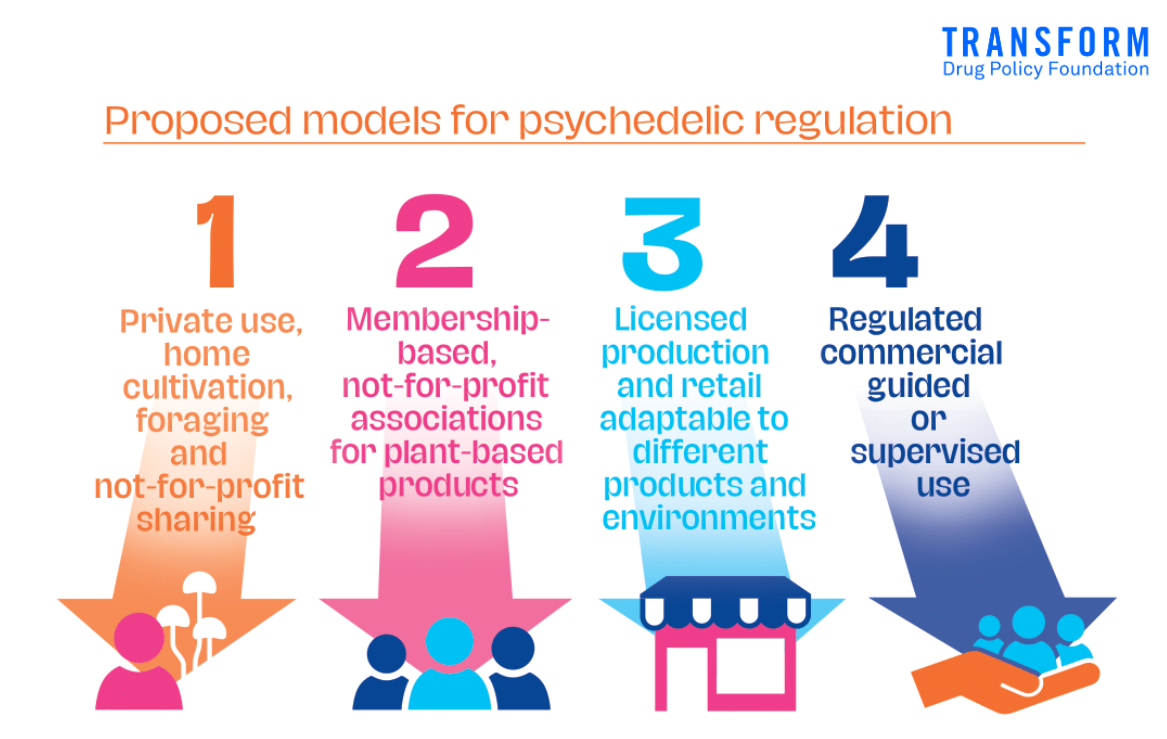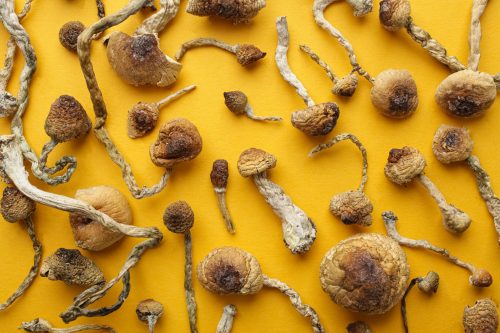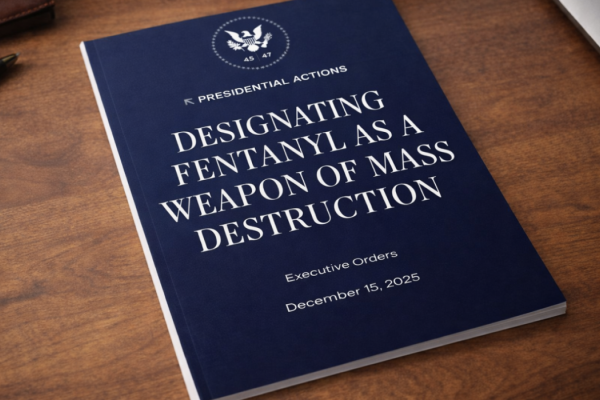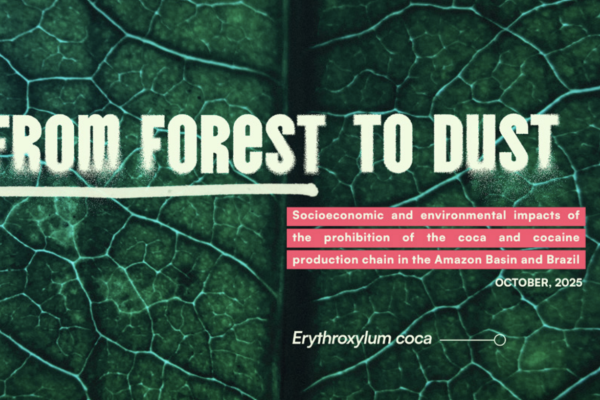10th November 2023
This is an edited extract from Transform’s How to Regulate Psychedelics: A Practical Guide - by Steve Rolles and Ester Kincová - now available to buy in print or read online.
Psychedelic drugs are a source of fascination and wonder for many. Humans’ relationship with these drugs dates back as much as 8,000 years, from the use of plants containing DMT among ancient Mesoamerican civilisations and ceremonial use of Psilocybe mushrooms among communities in the Americas and Europe, to the use of the peyote cactus as a religious sacrament among Indigenous communities in North and Central America. Despite this relationship reaching back into antiquity, more recent history has seen production, possession and supply of this group of drugs (both plant-based and synthetic) prohibited across most of the world as part of the wider punitive drug policy model, or the war on drugs as it has been popularly known since the 1970s.
More recently still, explorations into the science of psychedelics, including their mode of action and medical/therapeutic potential, have fuelled a rapidly expanding debate on their role in society - frequently referred to as the psychedelic renaissance. Research into the medical use of psychedelics, and its attendant public discourse, are both relatively well-advanced. Yet non-medical use has remained marginalised in much of the public and policy debate. This guide, therefore, focuses on the policy questions raised by the reality of extensive non-medical use of psychedelic drugs.
There is now a growing consensus that the so-called war on drugs has not only failed on its own terms, with the promised drug free world more distant than ever, but has been a vast drain on public resources and often actively counterproductive. It has made drugs riskier, incentivised higher-risk behaviours, created obstacles to effective health interventions, generated stigma and criminalisation of already oppressed and exploited communities, and fuelled organised crime and associated violence and corruption, contributing to insecurity across the world.
There is, however, less consensus on what to do after the war on drugs. Despite there being plentiful, eloquent critiques of the failure of prohibition, these have not necessarily produced credible visions for an alternative approach which public, professional and policy-maker audiences can buy into - how a future legally regulated drug market might function. It is, however, a positive sign that the drug policy debate has increasingly moved from Should we legally regulate drugs? to How do we regulate responsibly and effectively? Here, we will focus on the latter question.
Transform’s proposals focus on regulatory models for the non-medical adult use of four of the most commonly used psychedelics, sometimes referred to as the classic psychedelics: LSD, psilocybin, DMT and mescaline. Transform proposes a flexible four-tiered model that seeks to manage both the variety of preparations of these psychedelics (both plant-based and synthetic), as well as the various ways in which they are used.
The four proposed models for psychedelic regulation - explored in detail in the book are:
A private use/decriminalisation model including home cultivation, foraging and not-for-profit sharing for plant-based psychedelics
A membership-based not-for-profit association model for plant-based psychedelics
A flexible licensed psychedelic retail model adaptable to different products and environments
- A model for regulating commercial guided or supervised psychedelic use

The guide provides context and rationale for these proposals, considering the risk profile of psychedelics, the range of motivations for their use and associated behaviours and using environments. It explores challenges at the interface of traditional Indigenous and religious psychedelic uses and contemporary western culture, and digs into issues around equity and social justice in emerging psychedelics markets, as well as the challenges of negotiating international law.
Read 'How to Regulate Psychedelics: A Practical Guide' online or purchase a hard copy.
Header image credit: ICEERS




